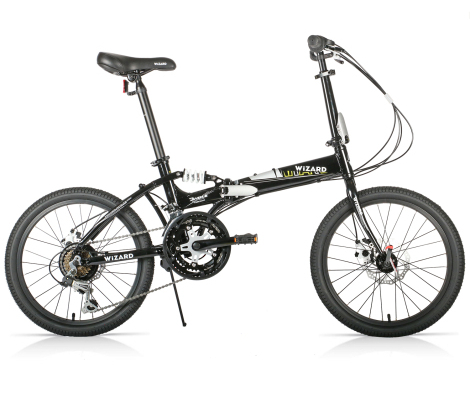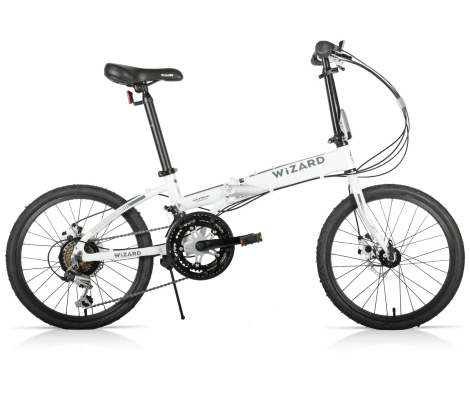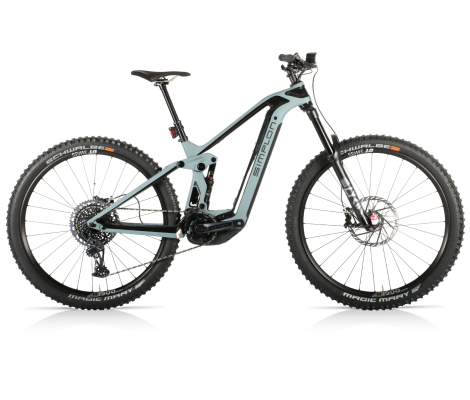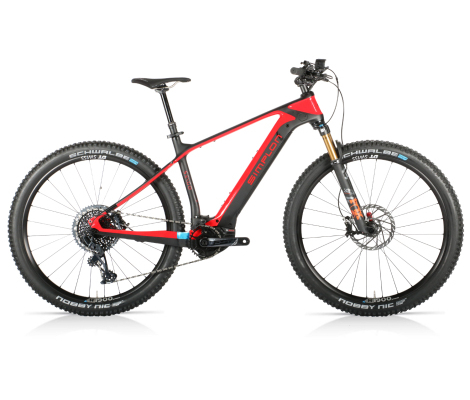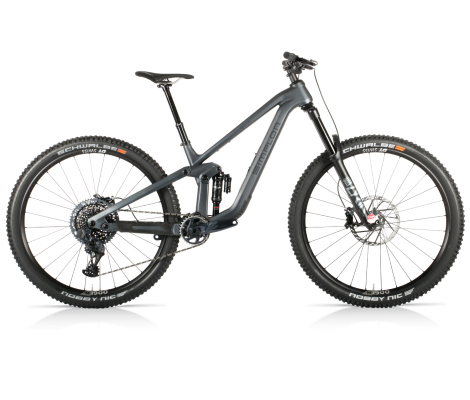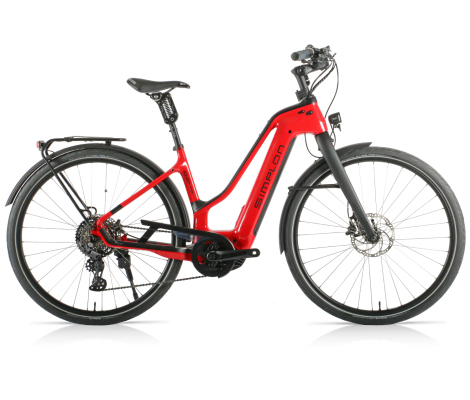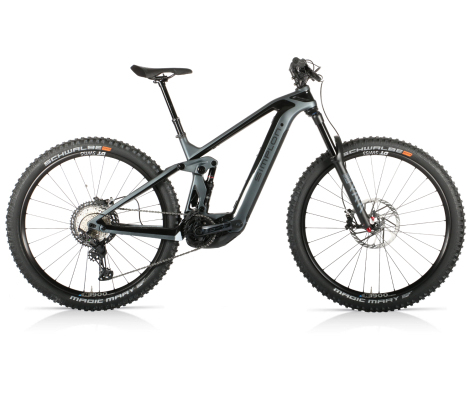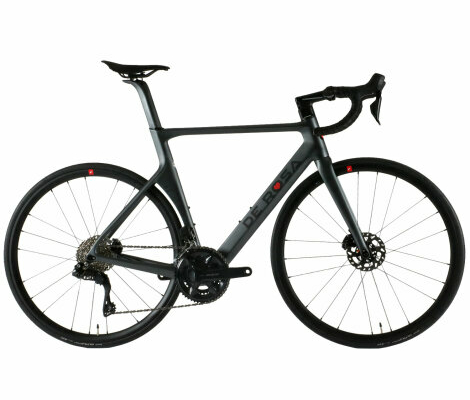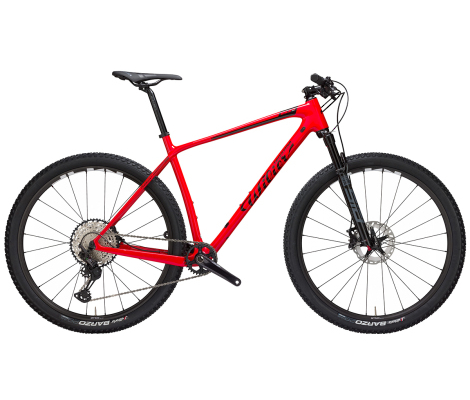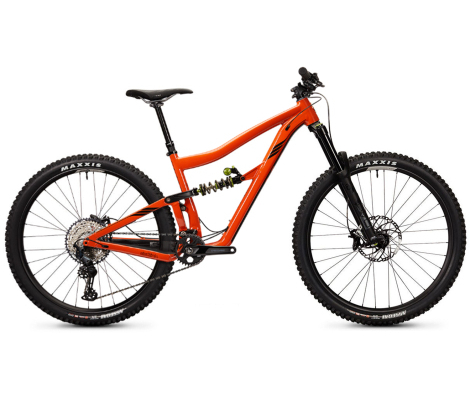Fixed gear bike is a single speed bike that has stationary rear hub that rolls around with the wheel. This means that the pedals will move along with the rolling rear wheel. Braking is done by pedaling backwards to slow down the spinning. Front brake is advised to install to a fixed gear bike if you are a beginner and even if you are not. It gives you more control for braking and it’s a good backup if chains fall off or break down.
It is common that the rear wheel can have so called “flip-flop” hub that can be turned around to make your fixed gear bike work as a single speed bike.
Browse fixed gear and singlespeed bikes
Fixed Gear Bike Sizing
Fixed gear bikes are usually simpler versions from road bikes so we can use the same size chart for them. You can find rider height from the left column and frame size from the right one.
| Cyclist's height | Frame cm |
|---|---|
| 148-152cm | 47-48cm |
| 152-160cm | 49-50cm |
| 160-168cm | 51-53cm |
| 168-175cm | 54-55cm |
| 175-183cm | 56-58cm |
| 183-191cm | 58-60cm |
| 191-198cm | 61-63cm |
Why To Buy A Fixed Gear Bike?
Pros
Fixed gear bikes have became popular city bikes specifically because of they have only one gear and that is enough for riding in the city. Gears are one thing that need the most maintenance in a bike so fixed gear bikes are guite maintenance-free in that area.
Continuously spinning pedals will give the rider a better handling of a bike as the speed can be controlled during pedaling.
You can have a lot of fun with the bike in low speed by balancing and even cycling backwards.
The bike has minimum amount of moving parts compared to other type of bikes. This means that the maintenance costs will be minimal. If you compare to a road bike there are a all kind of parts that you have to take care of: gears, shifters, cables and so on…
Chains will last longer when there is no movement sideways like in typical multi-cassette geared bikes. Gears also reduce the amount of power transformed from pedals to wheels.
Cons
Pedals can spin too fast in higher speeds. It can be hard to keep up with the fast spinning and it does not feel good in the long run. This can be especially dangerous if there are no brakes installed. Good way to prevent this from happening is to know what kind of cadence suits your biking the best and the power transmission ratio between front and back chainrings.
Pedals can hit the ground in steep curves as the rider leans inward. Of course the rider gets to know the steepest angle he/she can lean on without pedals hitting the ground.
Pedals can kick back if an inexperienced cyclist forgets that they will continue spinning even when stopping pedaling.
Cadence and power transmission ratio
Cadence is the speed of pedaling and it is the thing that you have to figure out when ordering a fixed gear bike. Because the bike only has one gear it is important that this one gear suits your needs perfectly. You do not want to pedal too fast or too slow so you should find out your average speed. This way you can choose the right sized rear and front chainrings. And finally that will give you the best power transmission ratio for your needs.
Smaller front chainrings will work well in city traffic where you have to stop often. Bigger ones are good for higher speeds and they are quite heavy to pedal in lower speeds. The same rule applies to rear chainrings but the other way around: bigger chainrings will be better for slower speeds and smaller ones for higher speeds.
Best way to find out what would suit your needs is to use this calculator. Basic fixed gear bike models usually have a ratio that suits well to both of the situations stated above. Fine adjustments can be done later when you are sure that the cadence is too high or low for you. At this point you can order a new chainring to front or back. (Rear chainring is usually easier to change.)
